- Culture of India
Greater India was the historical extent of Indian culture beyond the Indian subcontinent. ... India is the birthplace of Hinduism, Buddhism, Jainism, Sikhism, and other religions. Collectively known as Indian religions. Indian religions are a major form of world religions along with Abrahamic ones.
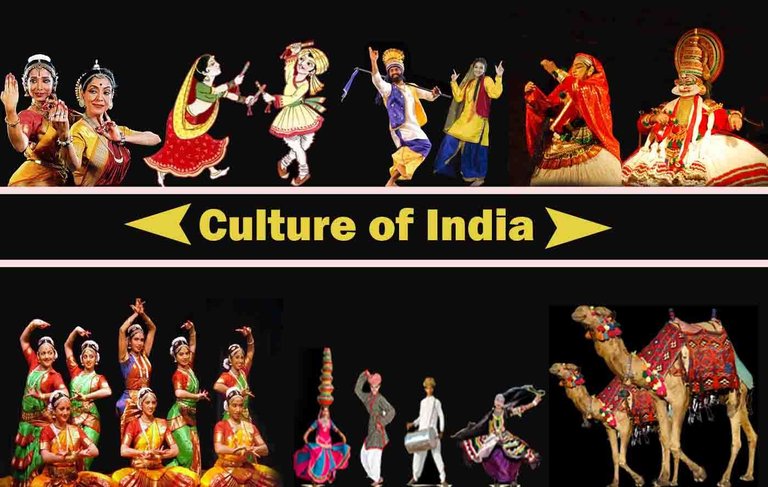

The culture of India refers collectively to the thousands of distinct and unique cultures of all religions and communities present in India. India's languages, religions, dance, music, architecture, food, and customs differs from place to place within the country. The Indian culture, often labeled as an amalgamation of several cultures, spans across the Indian subcontinent and has been influenced by a history that is several millenniums old.Many elements of India's diverse cultures, such as Indian religions, Indian philosophy and Indian cuisine, have a profound impact across the world.
- philosophy of india...
Hindu philosophy refers to a group of darśanas (philosophies, world views, teachings) that emerged in ancient India. The mainstream ancient Indian philosophy includes six systems (ṣaḍdarśana) – Samkhya, Yoga, Nyaya, Vaisheshika, Mimamsa and Vedanta.
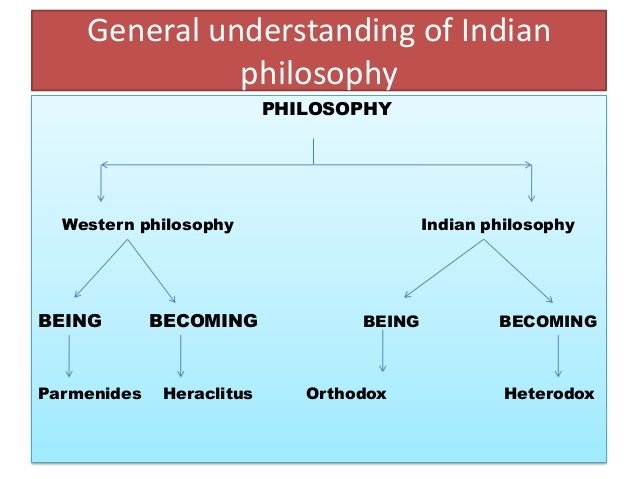
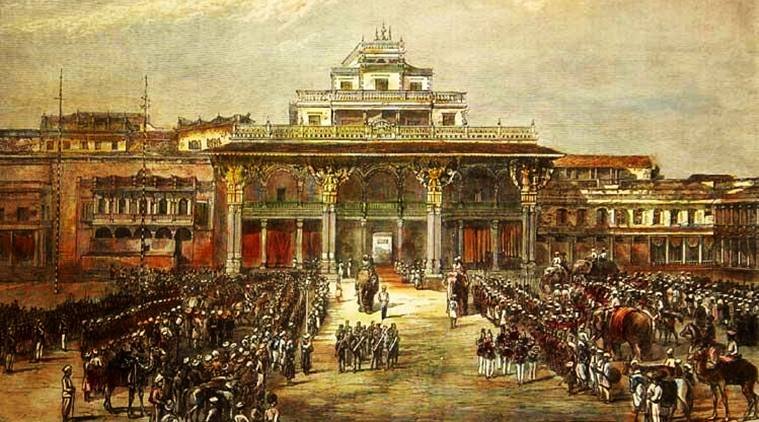
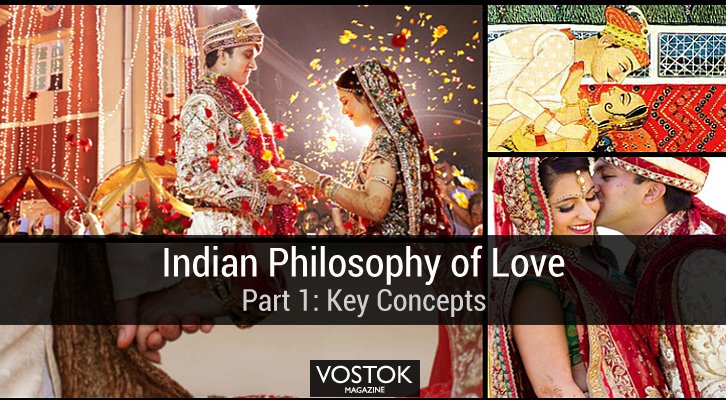
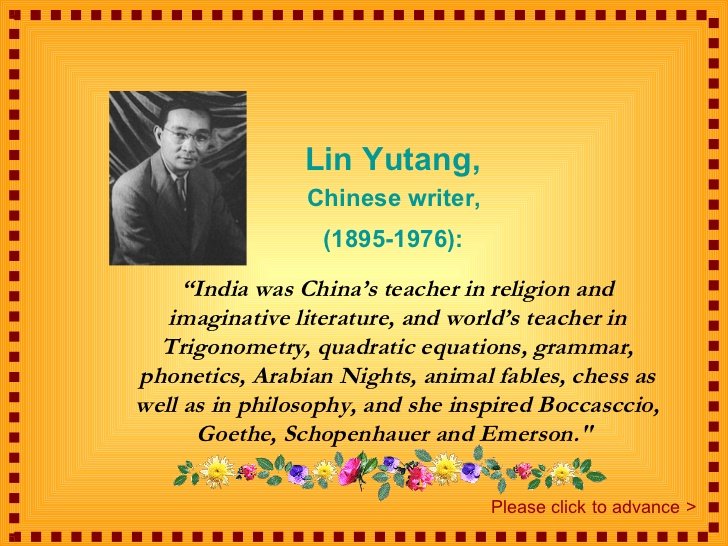
- Family structure and marriage[edit]
For generations, India has a prevailing tradition of the joint family system. It is when extended members of a family – parents, children, the children's spouses and their offspring, etc. – live together. Usually, the oldest male member is the head in the joint Indian family system. He mostly makes all important decisions and rules, and other family members are likely to abide by them.
Arranged marriage:
Arranged marriages are less likely to be successful when: Groom marries only for money: expects high dowry and continues to ask for more money. Bride or Groom is in love with someone else, but was forced to marry. In-laws cause problems for the couple in a joint family.
Arranged Marriage. In India, arranged marriages still remain the majorly preferred way for Indians to enter into matrimony. In case of an arranged marriage, parents and other relatives decide on a life partner that they deem suitable for their child.
Despite the fact that romantic love is "wholly celebrated" in both Indian mass media (such as Bollywood) and folklore, and the arranged marriage tradition lacks any official legal recognition or support, the institution has proved to be "surprisingly robust" in adapting to changed social circumstances and has defied ...


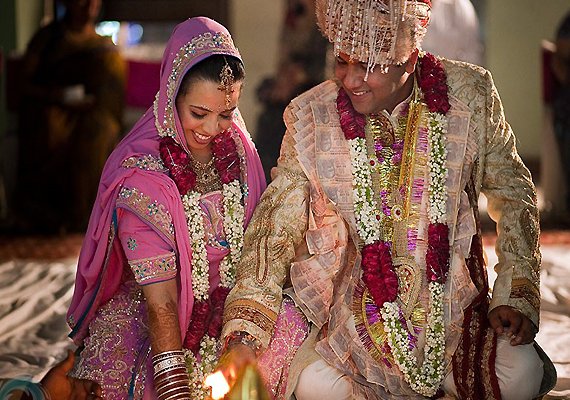
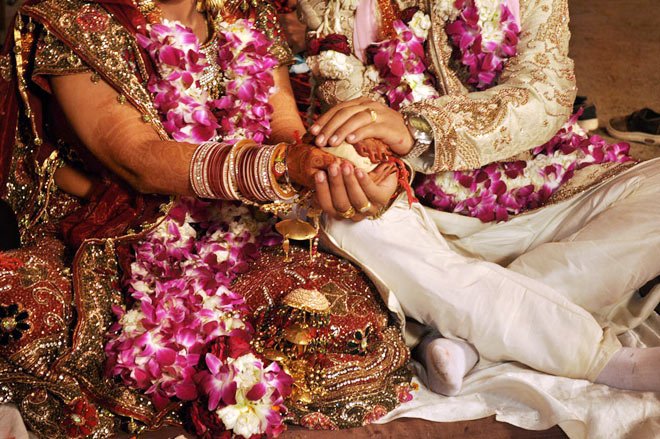
- Perceptions of Indian culture:
India's diversity has inspired many writers to pen their perceptions of the country's culture. These writings paint a complex and often conflicting picture of the culture of India. India is one of the ethnically and religiously diverse countries in the world. The concept of 'Indian culture' is a very complex and complicated matter. Because Indian citizens are divided into various ethnic, religious, caste, linguistic and regional groups. It makes the realities of "Indianness" extremely complicated. This is why the conception of Indian identity poses certain difficulties and presupposes a series of assumptions about what concisely the expression "Indian" means. However, despite its vast heterogeneous composition, the creation of some sort of typical or shared Indian culture is the result of some inherent internal forces- such as a robust Constitution, universal adult franchise, flexible federal structure, secular educational policy etc. and by certain historical events- such as Indian Independence Movement, Partition, wars against Pakistan etc.
According to Amartya Sen, the India born Nobel Laureate in Economics, the culture of modern India is a complex blend of its historical traditions, influences from the effects of colonialism over centuries and current Western culture – both collaterally and dialectically. Sen observes that external images of India in the West often tend to emphasise the difference – real or imagined – between India and the West. There is a considerable inclination in the Western countries to distance and highlight the differences in Indian culture from the mainstream of Western traditions, rather than discover and show similarities. Western writers and media usually misses, in important ways, crucial aspects of Indian culture and traditions. The deep-seated heterogeneity of Indian traditions, in different parts of India, is neglected in these homogenised description of India. The perceptions of Indian culture, by those who weren’t born and raised in India, tend to be one of at least three categories, writes Sen:
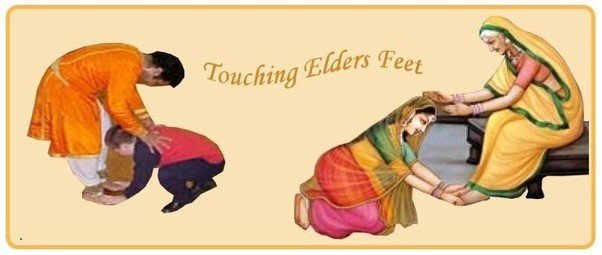
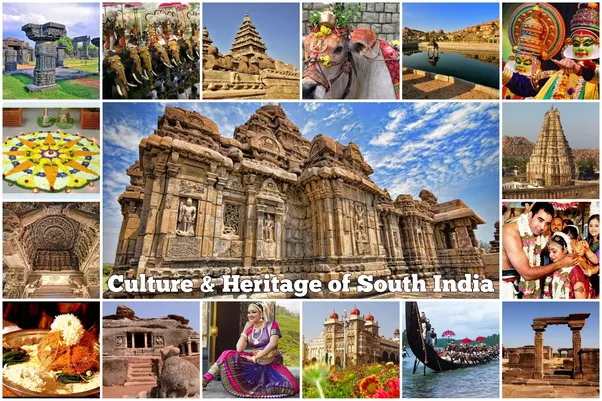
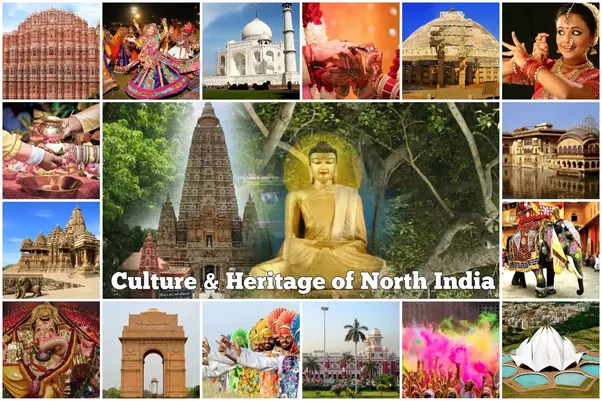



- Culture and daily life in India:
There are many religions practiced in India, but the main religion practiced is Hinduism. Some religions that are practiced are Hinduism with 80% followers, Buddhism with 7%, Jainism with 5%, and Sikhism with less than 5%. Hinduism is the third largest religion in the world with one billion followers. The Vedas is Hinduism’s holy book. It has four sections called: Rig-Veda, Sama-Veda, Yajur-Veda, and Atharva-Veda. They were originally recited instead of being written down. They wrote the Vedas in Sanskrit, or ancient language of Hinduism, around the third century B.C. Hindus believe in one Supreme Monistic Brahman, or one Universal Soul. They are not polytheistic, which means they do not believe in more than one god. Since the Ancient Indians were very religious people, they practiced their faith everyday.
Daily life for the ancient Indians was simple that focused on hard work and worship. An ancient Indian group called The Harappans were skilled craftspeople. They were weavers, potters, and metal workers. They grew cotton to make their own clothing. To share their stories at the end of their day, the Harappans would meet at Yagna, or the community fireplace. During the meeting, the children played with small cards and toys that were shaped like monkeys and birds. They relied on the Vedas that contained information for daily living, beliefs, and rituals. They built caves for rulers, nobles, and wealthy traders for worshiping in private. Beliefs and codes were different from region to region. Their hard work and strong beliefs also played an important role and how they farmed.


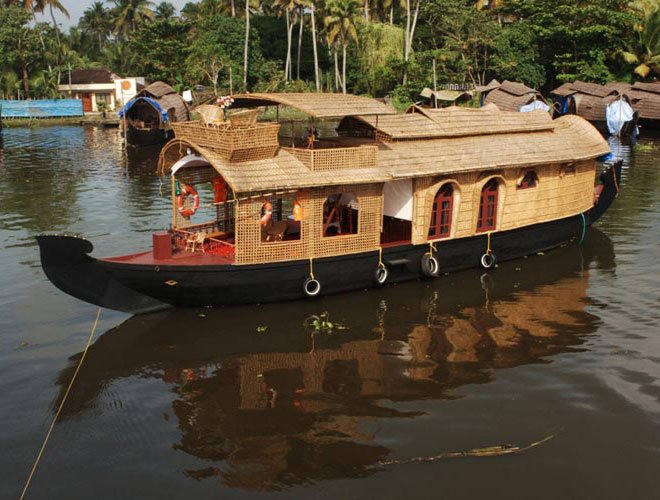
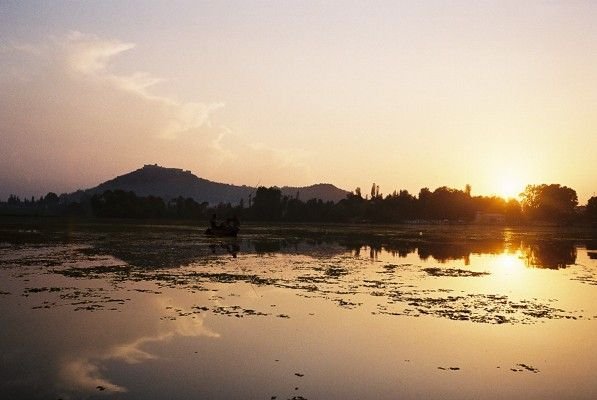

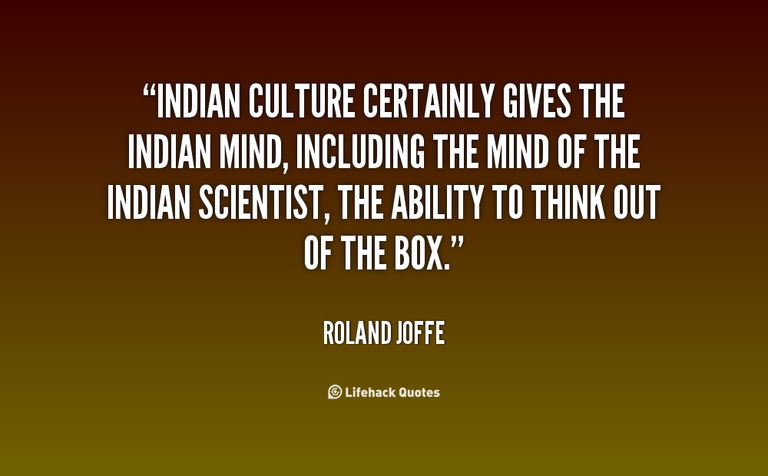
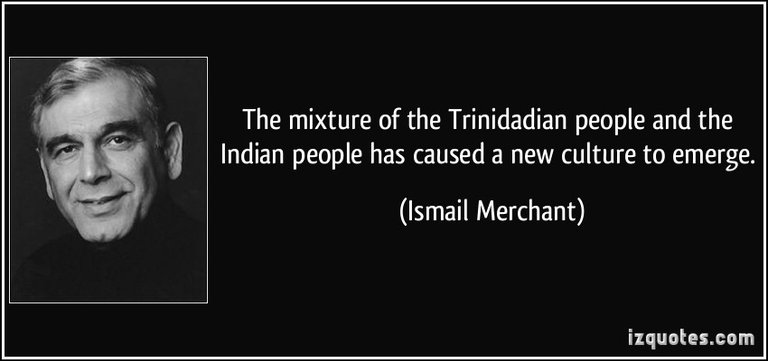
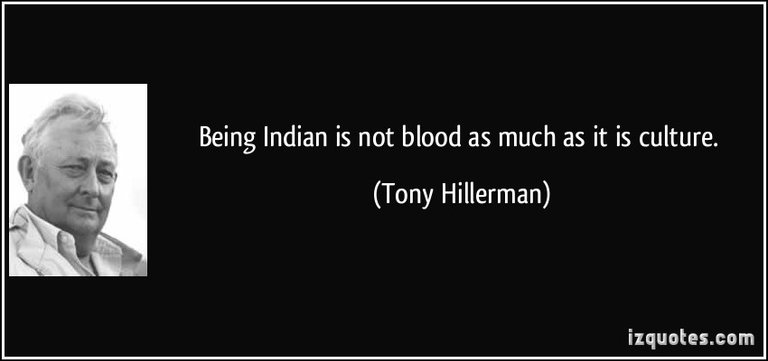

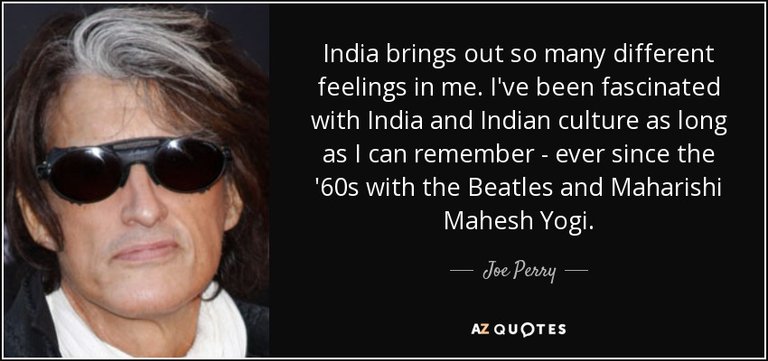
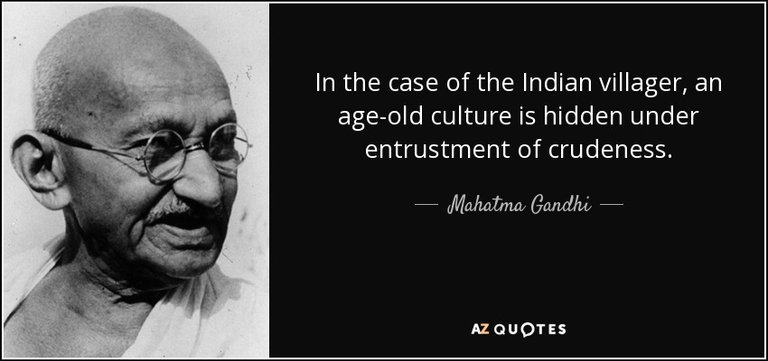

True religion is real living; living with all one's soul, with all one's goodness and righteousness.
- Albert Einstein